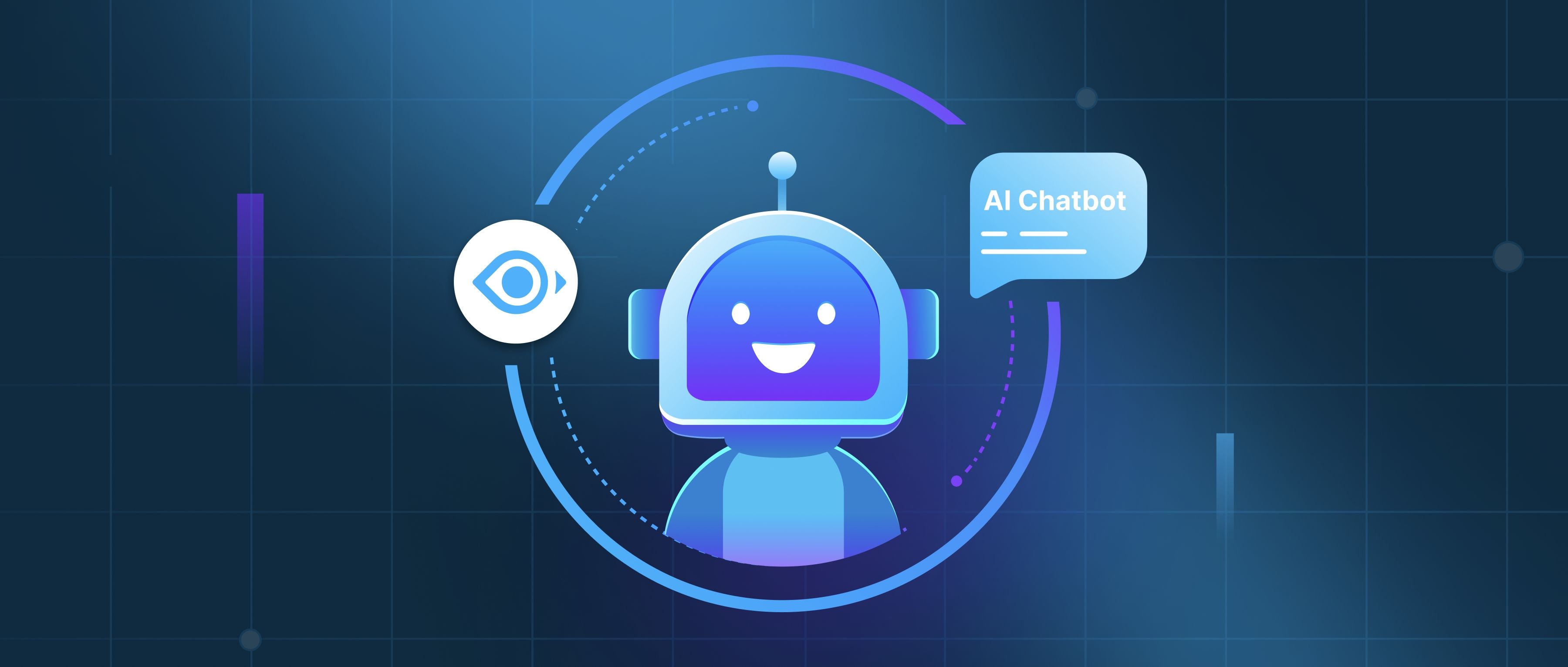Edge detection in machine vision refers to the technique of identifying boundaries within images by detecting discontinuities in pixel intensity. An edge detection algorithm is used to locate these transitions, which typically correspond to object boundaries, texture changes, or abrupt shifts in the scene. One of the most commonly used edge detection algorithms is the Canny edge detector. It works by first applying a Gaussian filter to smooth the image, then calculating gradients to detect changes in intensity, followed by non-maximum suppression to refine the edges, and finally, edge tracing by hysteresis. Other algorithms include the Sobel operator, which highlights edges in a specific direction, and the Prewitt operator, which works similarly but uses different convolution masks. These edge detection techniques are widely used in various applications, such as identifying objects in images, aiding in image segmentation, or processing images for object tracking. Edge detection plays a critical role in simplifying image analysis by focusing only on the most important features—edges—making it easier to process the image further in computer vision tasks.
What is a machine vision edge detection algorithm?

- Embedding 101
- The Definitive Guide to Building RAG Apps with LlamaIndex
- AI & Machine Learning
- Getting Started with Zilliz Cloud
- Natural Language Processing (NLP) Advanced Guide
- All learn series →
Recommended AI Learn Series
VectorDB for GenAI Apps
Zilliz Cloud is a managed vector database perfect for building GenAI applications.
Try Zilliz Cloud for FreeKeep Reading
What are the key goals of Explainable AI?
Explainable AI (XAI) aims to make the decisions and processes of artificial intelligence systems transparent and underst
What problems does mcp solve in tool-connected AI systems?
MCP solves the problem of inconsistent, ad-hoc, and insecure tool integrations in AI systems. Historically, models have
What are secondary indexes in document databases?
Secondary indexes in document databases are data structures that allow for faster querying of documents based on fields